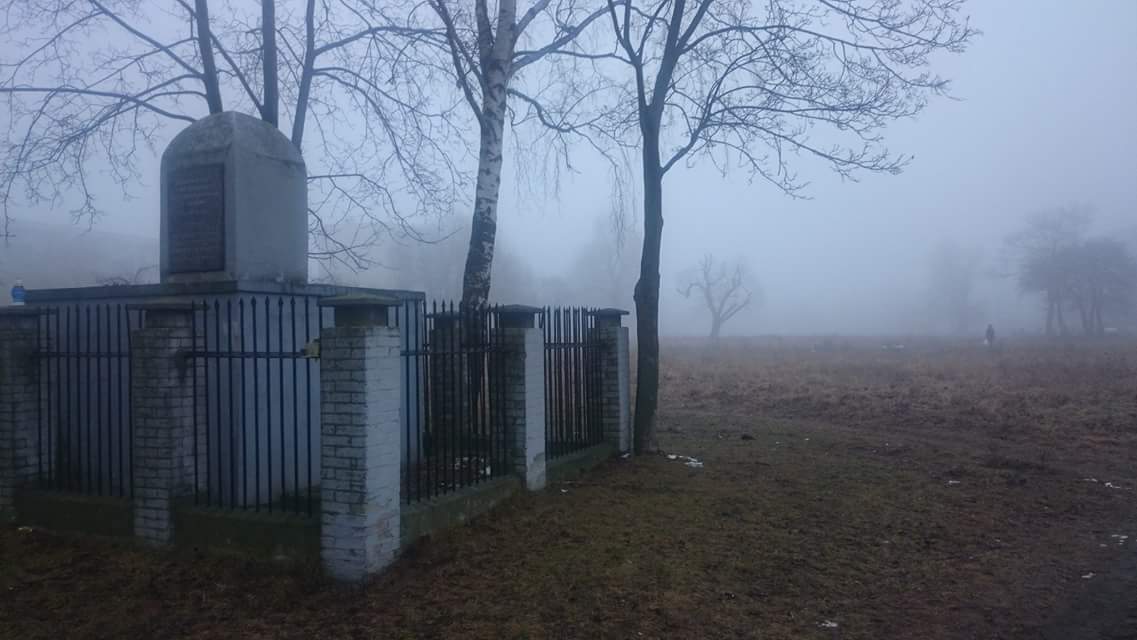 Alternate names: Ciechanów [Pol], Tshekhanov [Yid], Tsekhanuv [Rus], Chechinov, Chekhanov, Chekhanove, Zichenau [Ger, 1939-45], Yiddish: טשעכאנאוו. Russian: Цеханув. 52°53' N, 20°37' E, 47 miles NNW of Warszawa, 45 miles ENE of Płock.
Alternate names: Ciechanów [Pol], Tshekhanov [Yid], Tsekhanuv [Rus], Chechinov, Chekhanov, Chekhanove, Zichenau [Ger, 1939-45], Yiddish: טשעכאנאוו. Russian: Цеханув. 52°53' N, 20°37' E, 47 miles NNW of Warszawa, 45 miles ENE of Płock.
Yisker-bukh fun der Tshekhanover yidisher kehile; sefer yizkor le-kehilat Ciechanow (Tel Aviv, 1962);
Żydzi w rejencji ciechanowskiej 1939-1942 (Warsaw, 1984); and Żydzi Ciechanowscy (Ciechanow, 1989).
ShtetLink. 1900 Jewish population: 4,056.
Słownik Geograficzny Królestwa Polskiego (1880-1902), I, pp. 674-677: "Ciechanów". In north-central Poland with 47,900 inhabitants in 2002, the town is situated in Masovian Voivodeship since 1999 and was previously (1975-98) the capital of Ciechanów Voivodeship. Before WWII, it was home to a large Jewish community, but during the war many Polish Jews and resistance fighters were executed by the Germans in the castle. The town was annexed by Germany in 1939 and renamed Zichenau. This capital of Regierungsbezirk Zichenau, a subdivision of the Province of East Prussia was restored to Poland after the war. Wikipedia. [April 2009]
town history. synagogue photo. Holocaust memoir. trial testimony. [April 2009]
JRI Poland Record Indexing [Sept 2014]
REFERENCE: Gruber, Ruth Ellen. Jewish Heritage Travel A Guide to East-Central Europe. New York: John Wiley & Sons, Inc., 1992. p. 74
Holocaust History [Sept 2014]
CEMETERY:
photos of the Jewish cemetery. [March 2007]
Video of Jewish Cemetery/Monument in Ciechanów filmed in 2010 [Sept 2014]
Jewish Cemeteries Rabbinical Commission Visits Ciechanów [Sep 2014]
photos from yizkor [September 2014]
photos taken in the devastated Jewish cemetery in Ciechanów Street. Slawomir Topolewski Click here to watch the video of this cemetery [Sept 2014]
video [Sept 2014]
Three Jewish cemeteries in Ciechanowiec:
- Uszynska street of 1531m² is built over.
- The second cemetery is completely destroyed.
- Sienkiewicza street, established in the 19th century with last known burial was in 1918. The weed covered cemetery is over 2 ha with no gravestones remaining.
CIECHANOW I: US Commission No. POCE000383
Cemetery: Pultuska St., Witosa St., and 30 Lecia Prl St. 1990 population: 25,000-100,000 people with no Jews.
- Town: Prezydent Tadeusz Bochnia, Urzad Miasta, ul. Rynek 6, 06400 Ciechanow, Tel. 4793.
- Local: Marian Konrad Klubinski, Pelnomocnik Wojewody d.s. Kontaktow z Koscidlami i, Wyznaniami (Province's Plenipotentiary for Contact with Churches and Denominations) Urzad Wojewodzki, ul. 17 Stylznia 7, 06400 Ciechanow. Tel. (823) 2255, 2051 w 238 Fax. 2665.
- Regional: Krzysztof Kalisciak Wojewodzki Konserwator Zabytkow, ul. Mickiewicza 4, 06400 Ciechanow, Tel. and FAX: 49-52.
The earliest known Jewish community was 1569. 1925 Jewish population was 5500. Living here was Roza Robota. The Orthodox, Sephardic Orthodox, Conservative, and Progressive-Reform cemetery dates from the 17th century. No other towns or villages used this unlandmarked cemetery. The isolated urban flat land has no signs or markers. Reached by turning directly off a public road, access is open to all with no wall or fence. No stones are visible. One removed stone is in the Museum of Ciechanow. The cemetery was not vandalized during World War II. No care or maintenance. Structures currently within the cemetery are housing and commercial developments. The cemetery contains no known mass graves. The municipality owns the property used for commercial or industrial use. Properties adjacent are commercial or industrial and residential. Private individuals rarely visit. For all intents and purposes, the cemetery no longer exists.
In 10/91, Wojcieck Henrykowski, ul. Spoldzielcza 20, 06-200 Makow Mazowiecki completed survey. No interviews or documentation was used but he visited the site in September 1991.
CIECHANOW II: US Commission No. POCE000384
The Orthodox, Sephardic Orthodox, Conservative, and Progressive/ Reform cemetery dates from the 19th and 20th centuries. A prominent Jew buried here is Rabbi Abraham Rafel Landau. The last known Jewish burial was 1946. No other towns or villages used this unlandmarked cemetery. The isolated urban flat land has a sign in Polish and in Hebrew mentioning Jews, the Jewish community, and the Holocaust. Reached by turning directly off a public road, access is open to all with no wall or fence. Prior to WWII, the cemetery was 2.24 hectares but now is 1.00 hectares. 20-100 gravestones in original positions with none broken or toppled have Hebrew inscriptions. One removed stone is currently housed in the Museum of Ciechanow. The cemetery was vandalized during World War II, but not in the last ten years. The authorities occasionally clean or clear the cemetery. No structures are within the cemetery but the cemetery contains a special memorial monument to Holocaust victims. The cemetery contains unmarked mass graves. The municipality currently owns the property used for Jewish cemetery only. Properties adjacent are residential. The cemetery is smaller than before World War II as a result of commercial or industrial development and housing development. Occasionally, organized Jewish group or organized individual tours, pilgrimage groups, private visitors, and local residents visit. Serious threat: vandalism.
Wojcieck Henrykowski, ul. Spoldzielcza 20, 06-200 Makow Mazowiecki completed survey in 19/91 using no interviews or documentation, but he visited the site in September 1991.
Photo from Facebook [April 2015]

